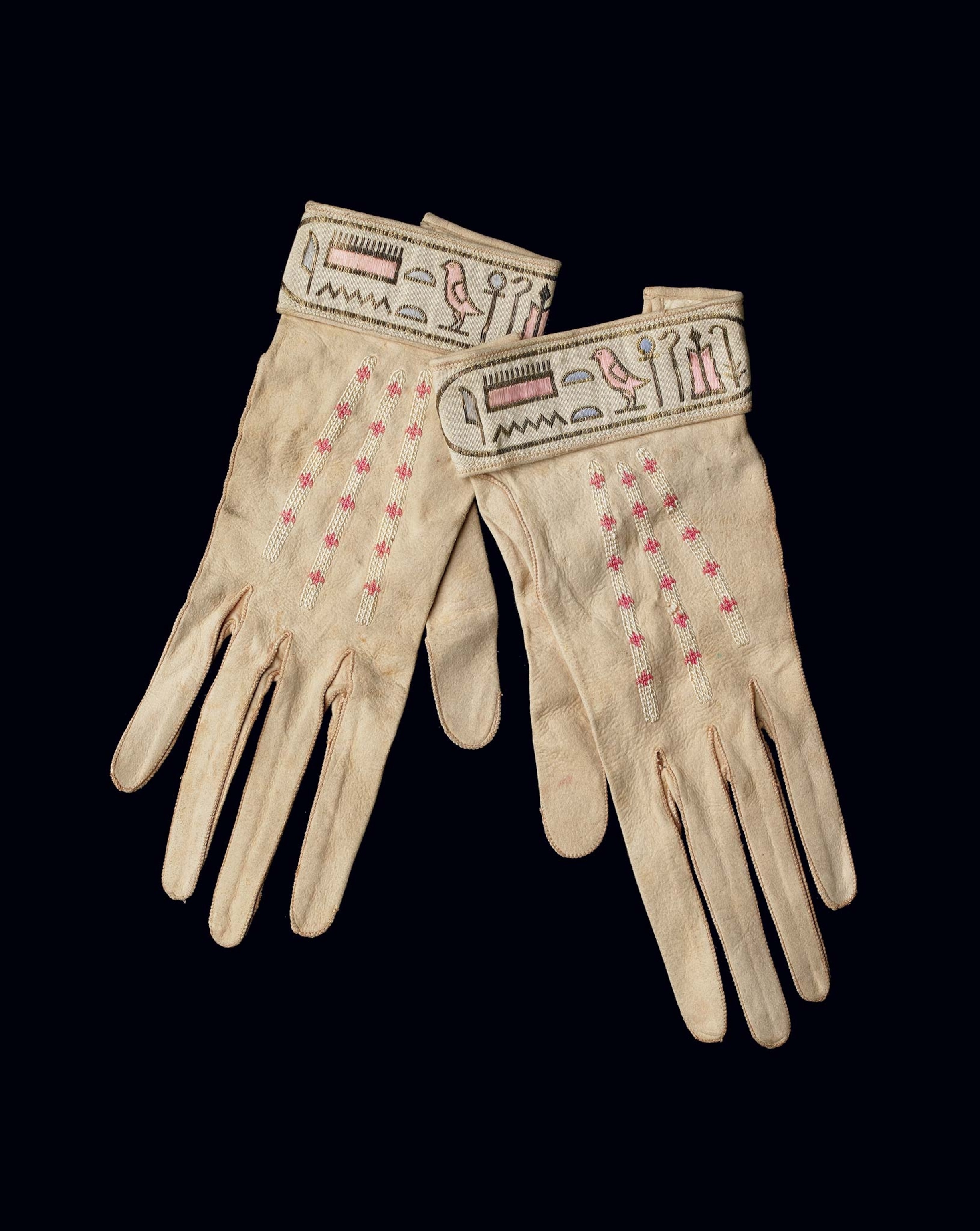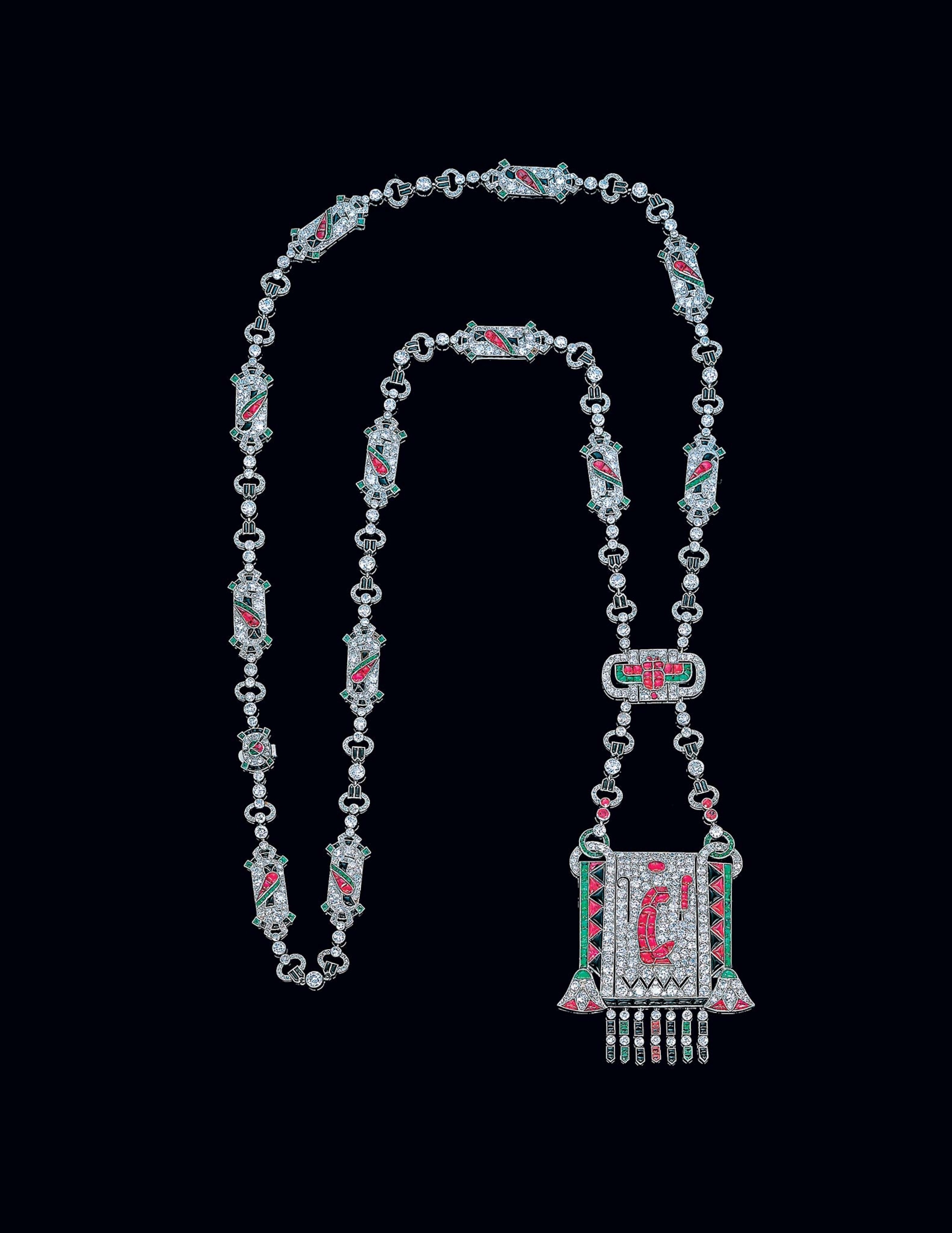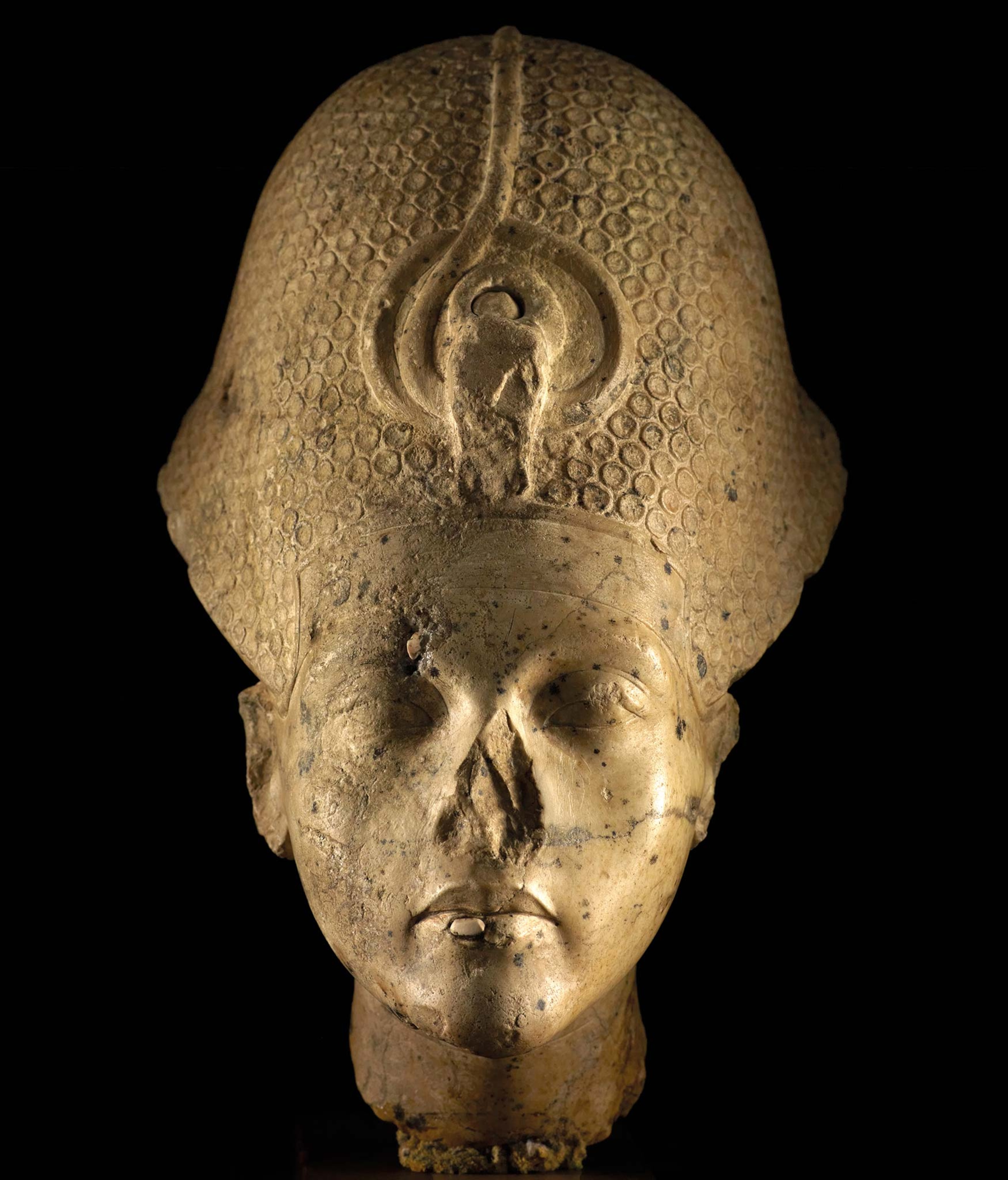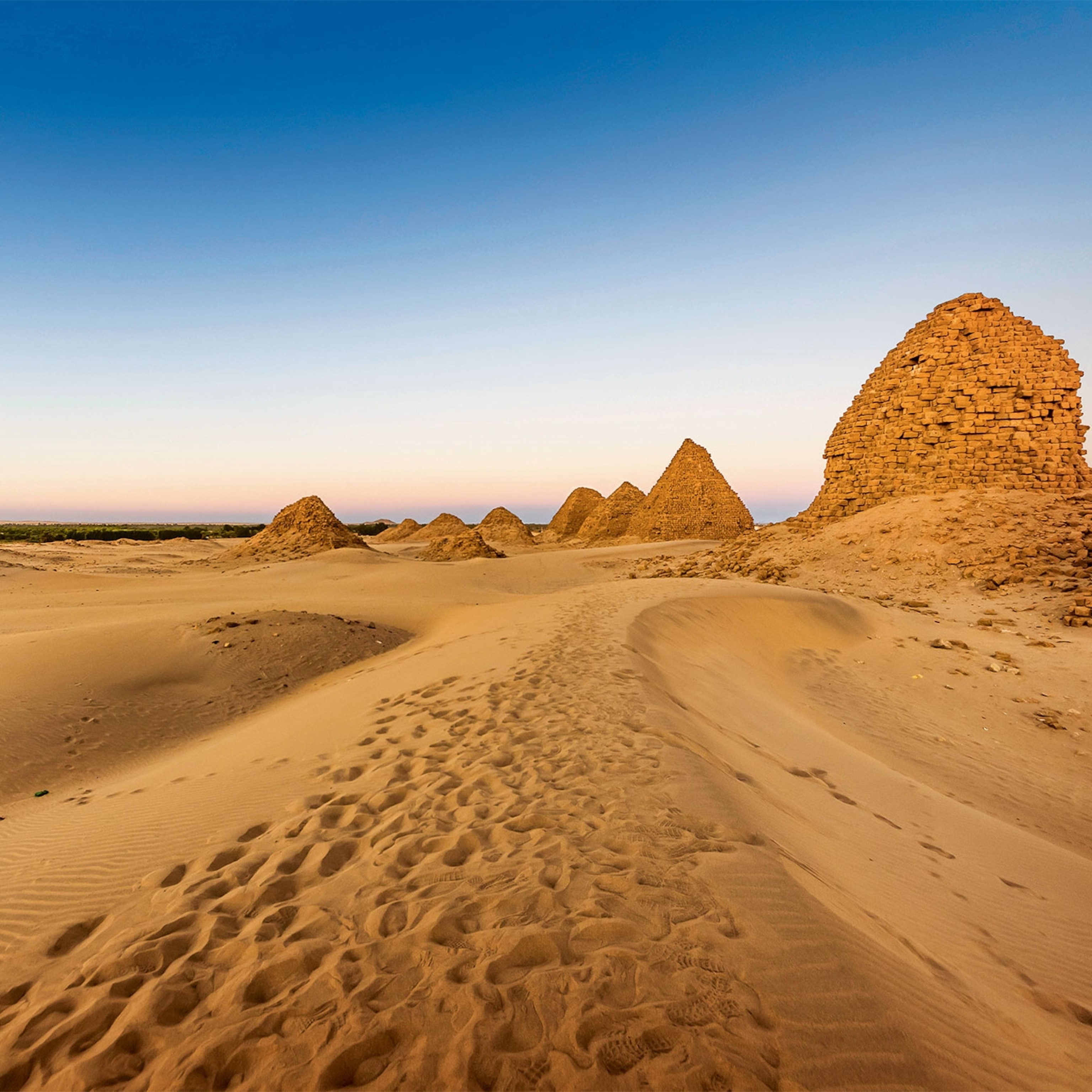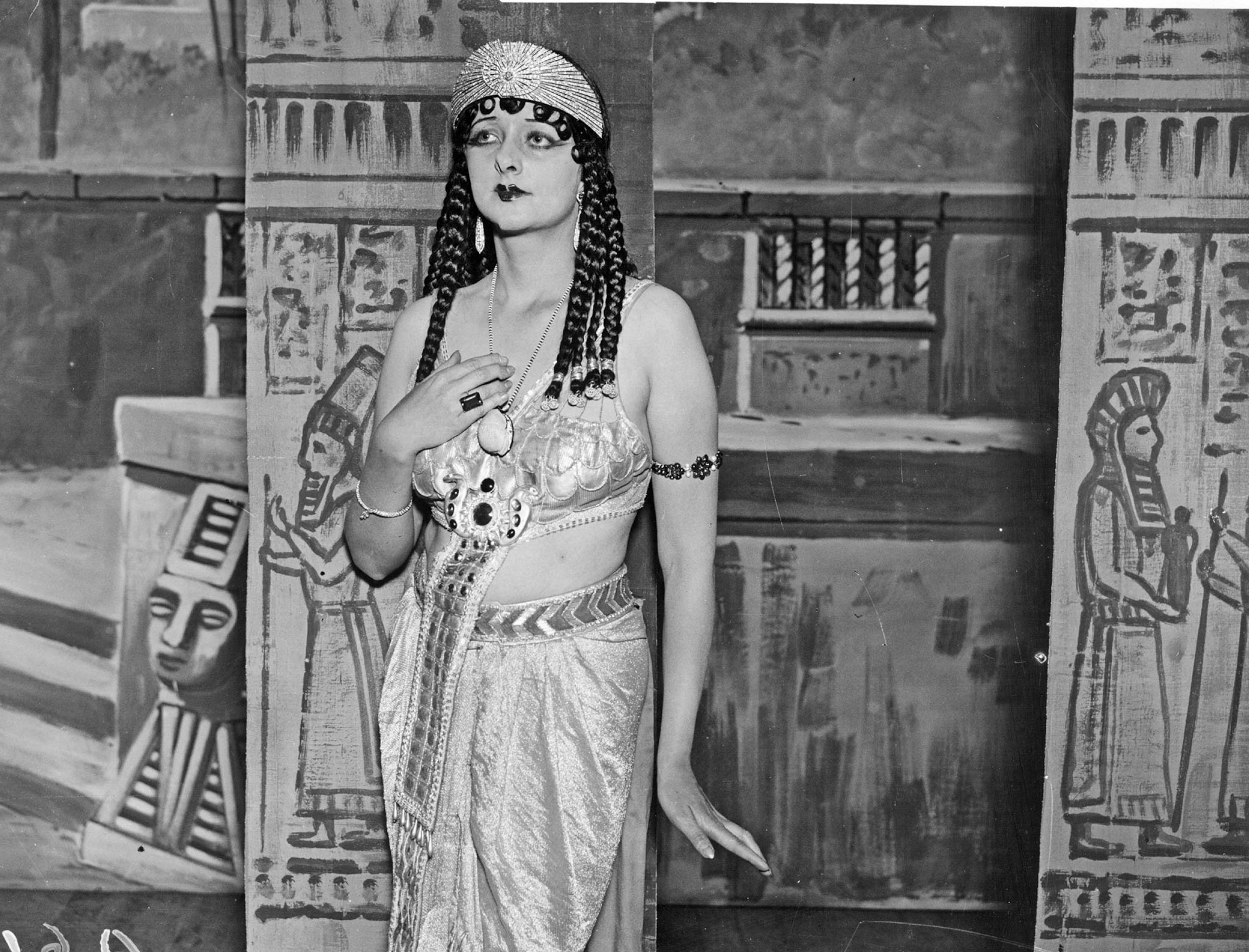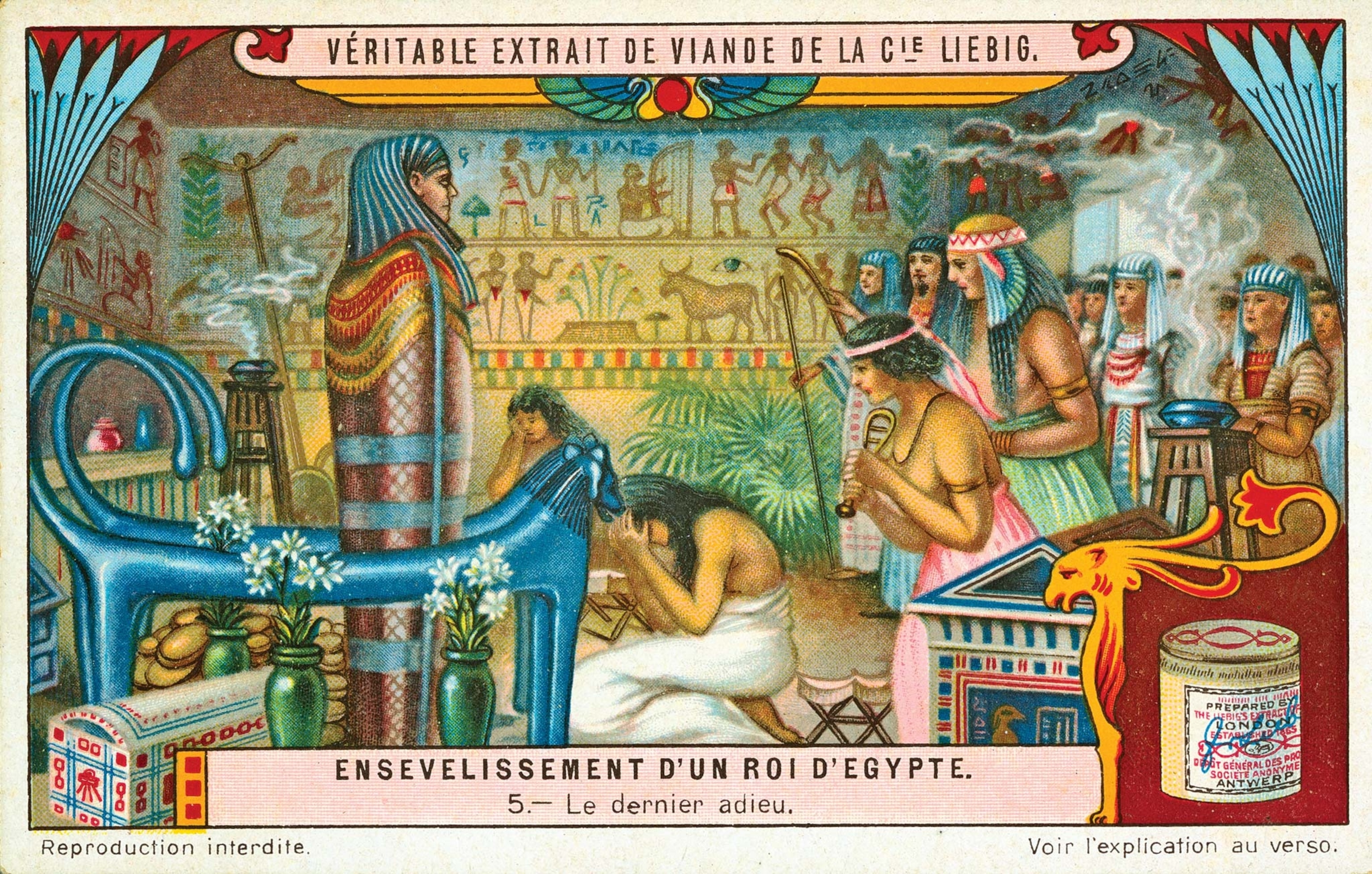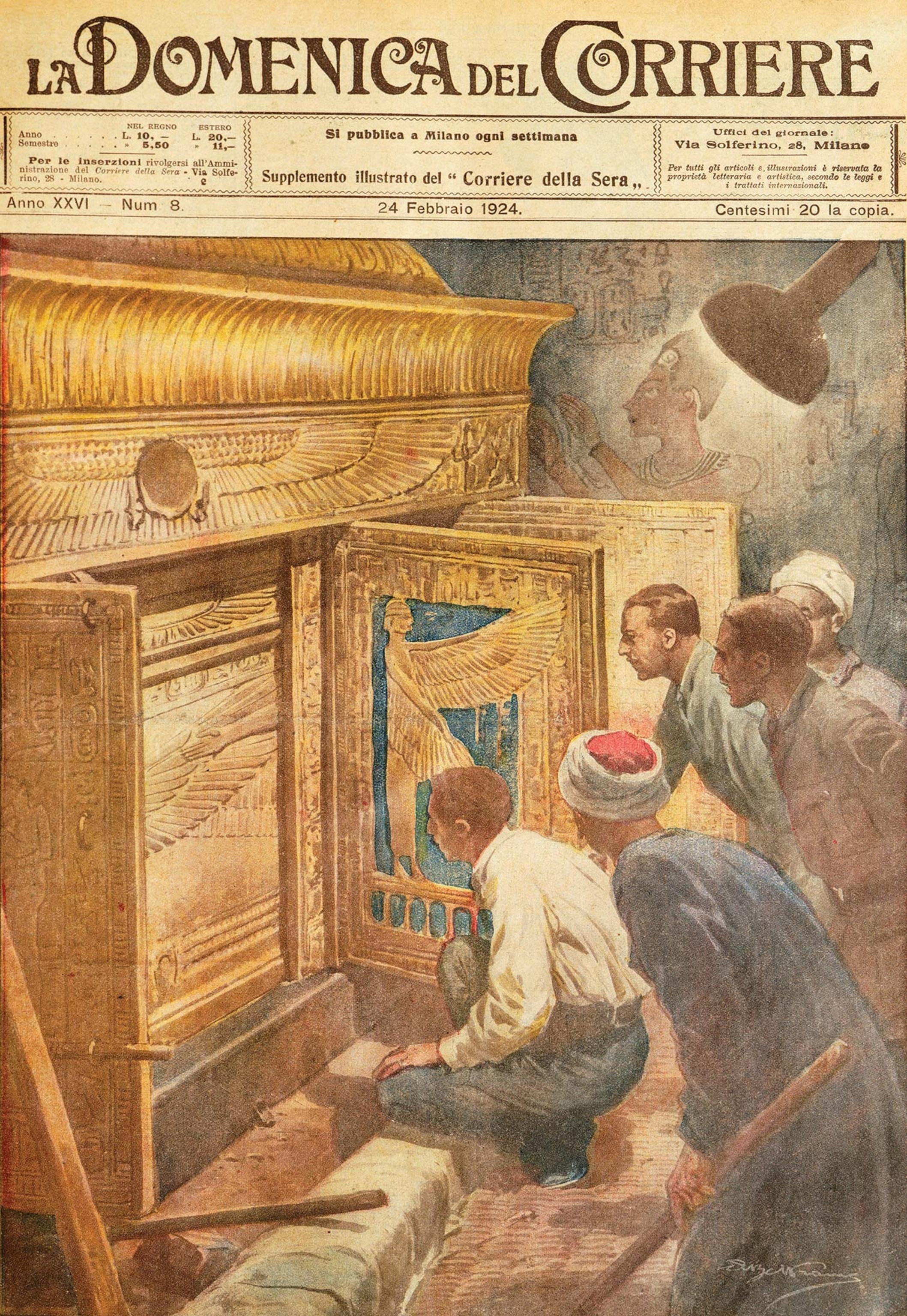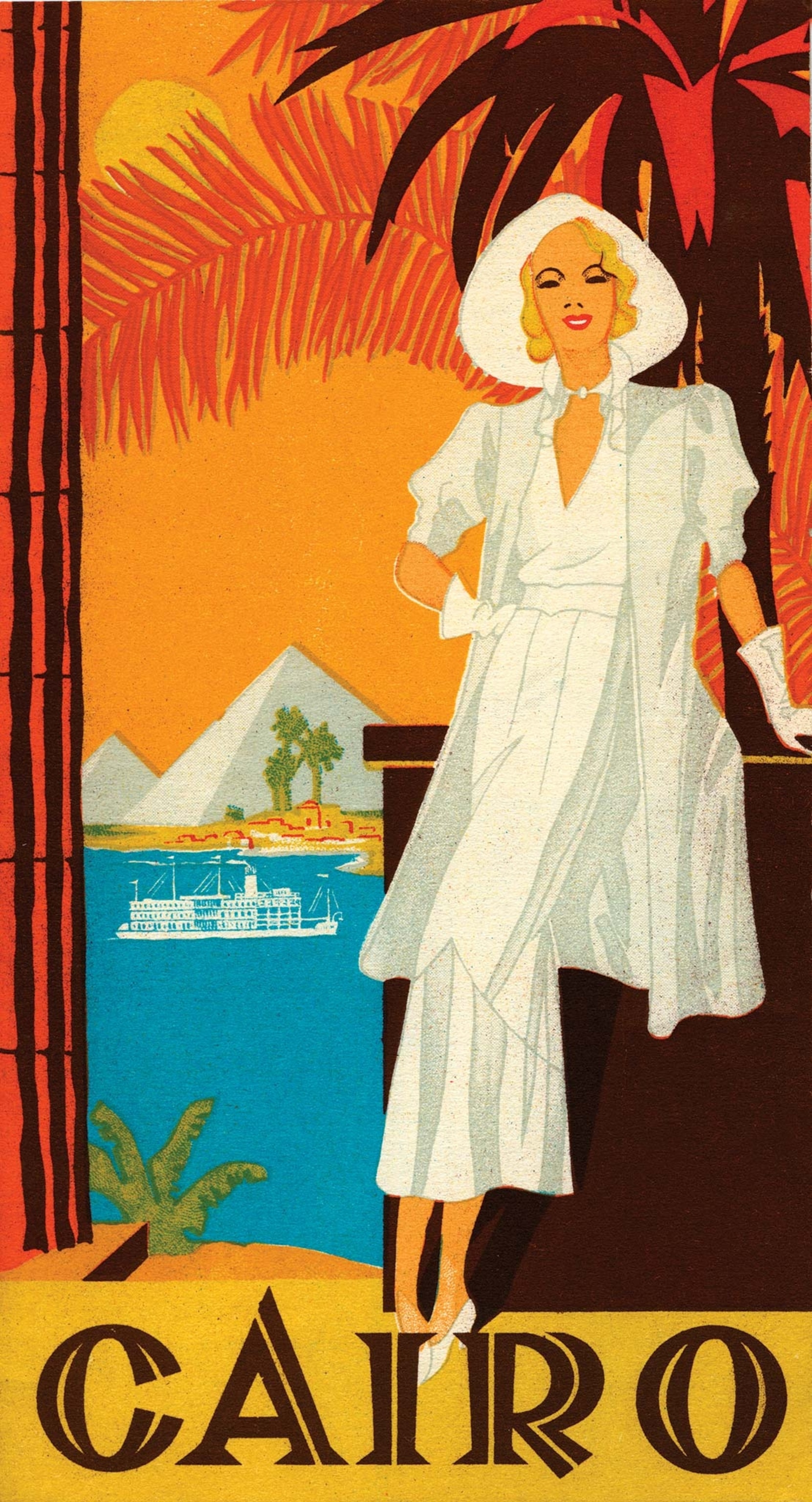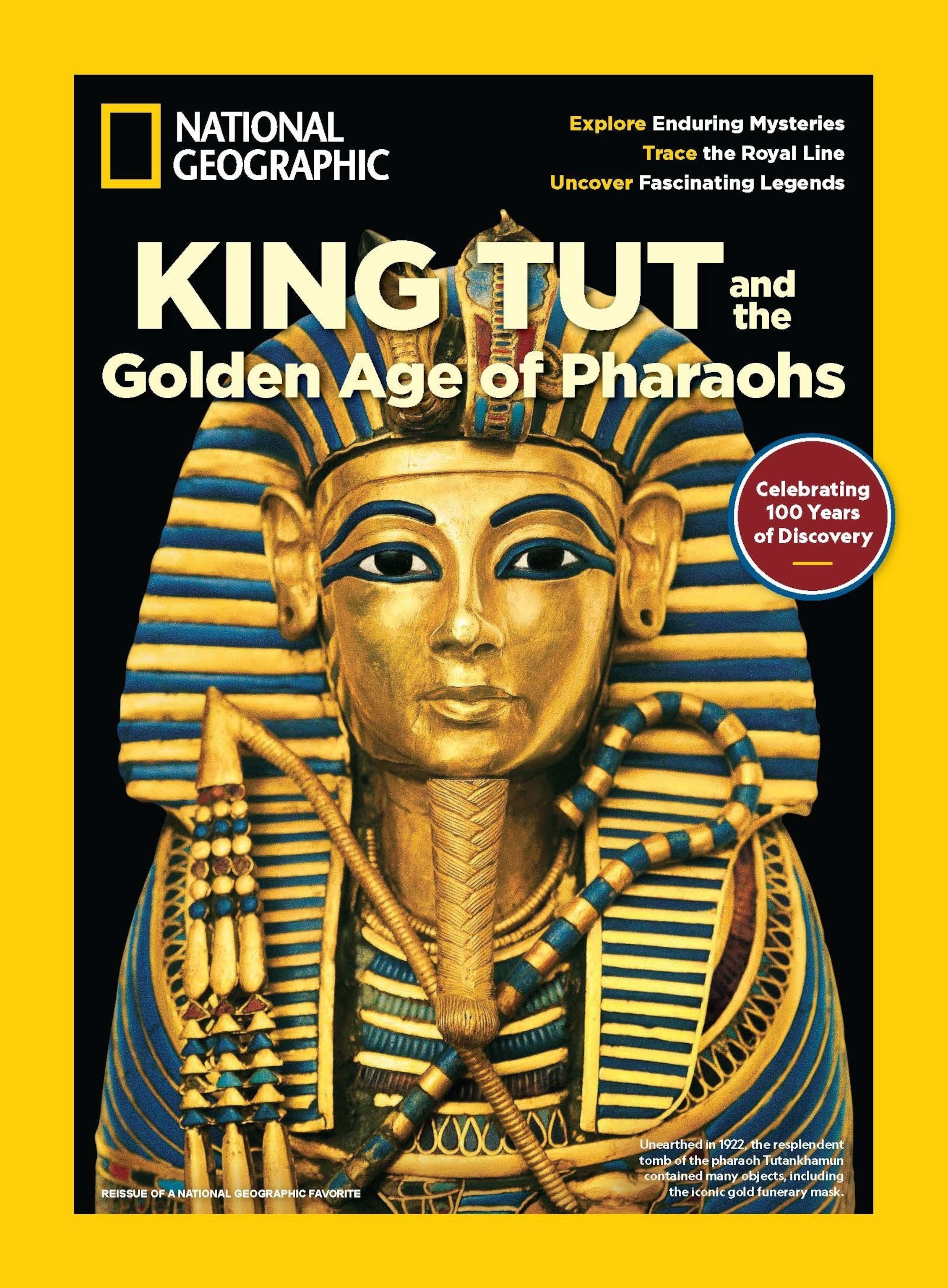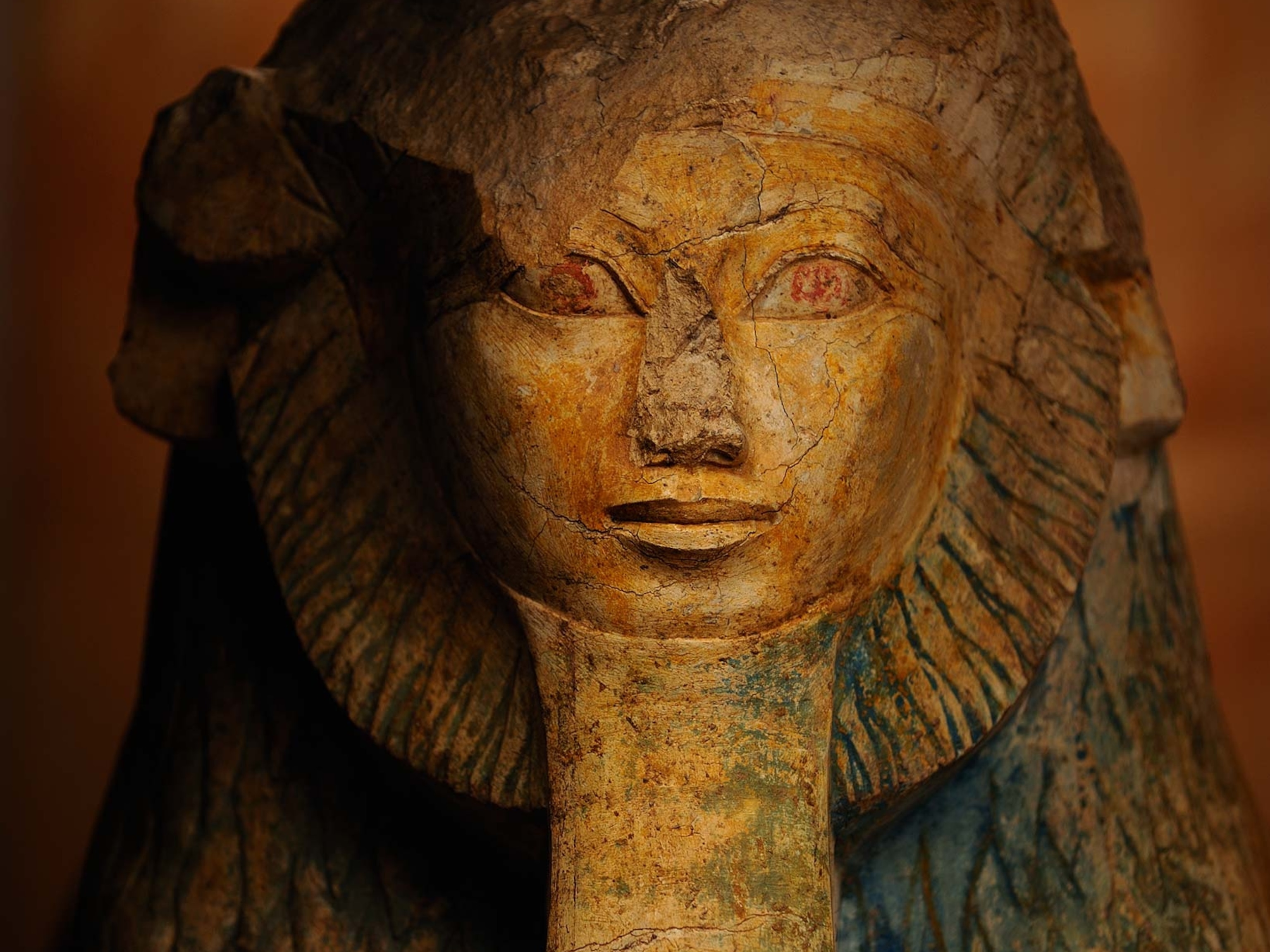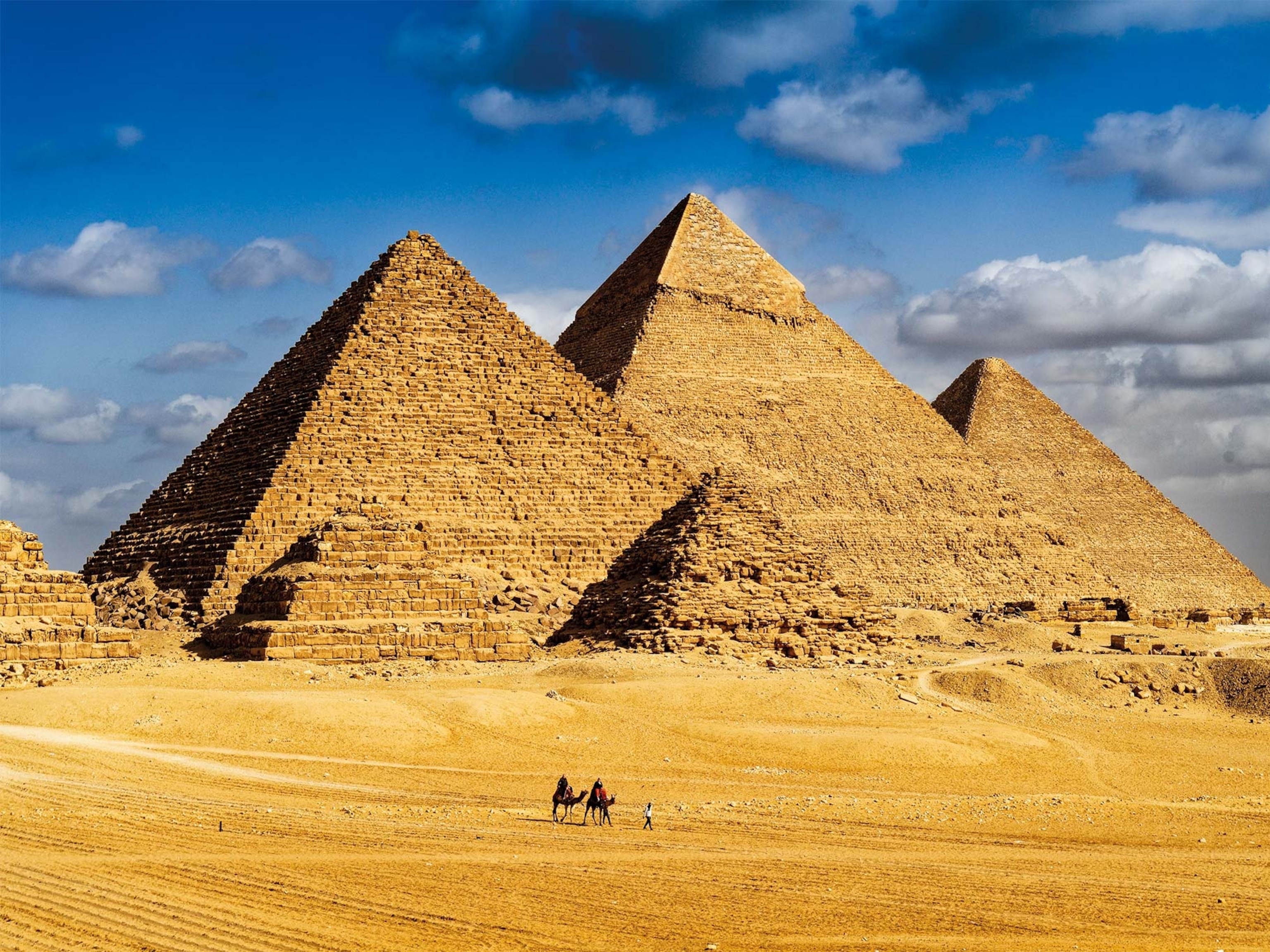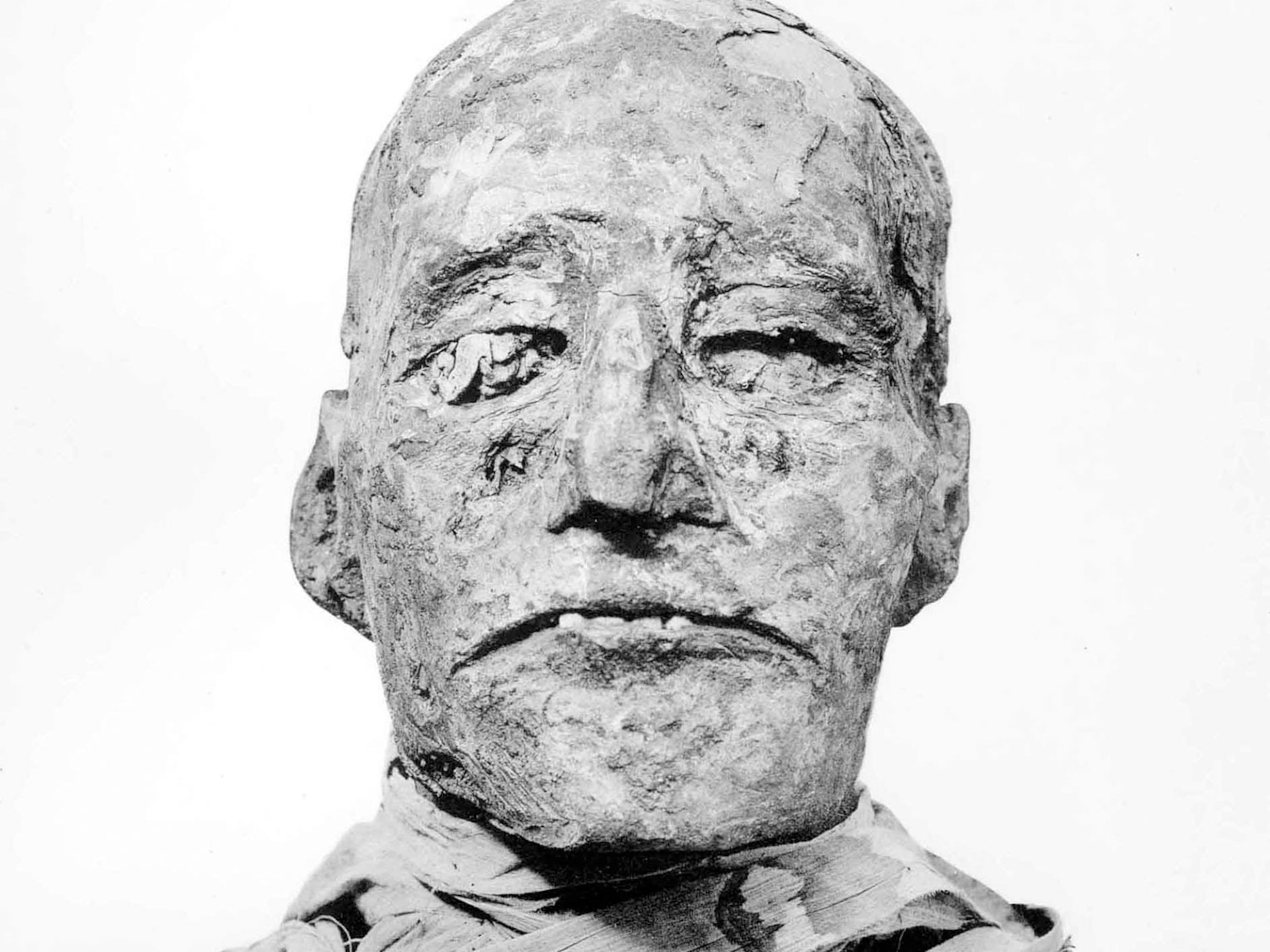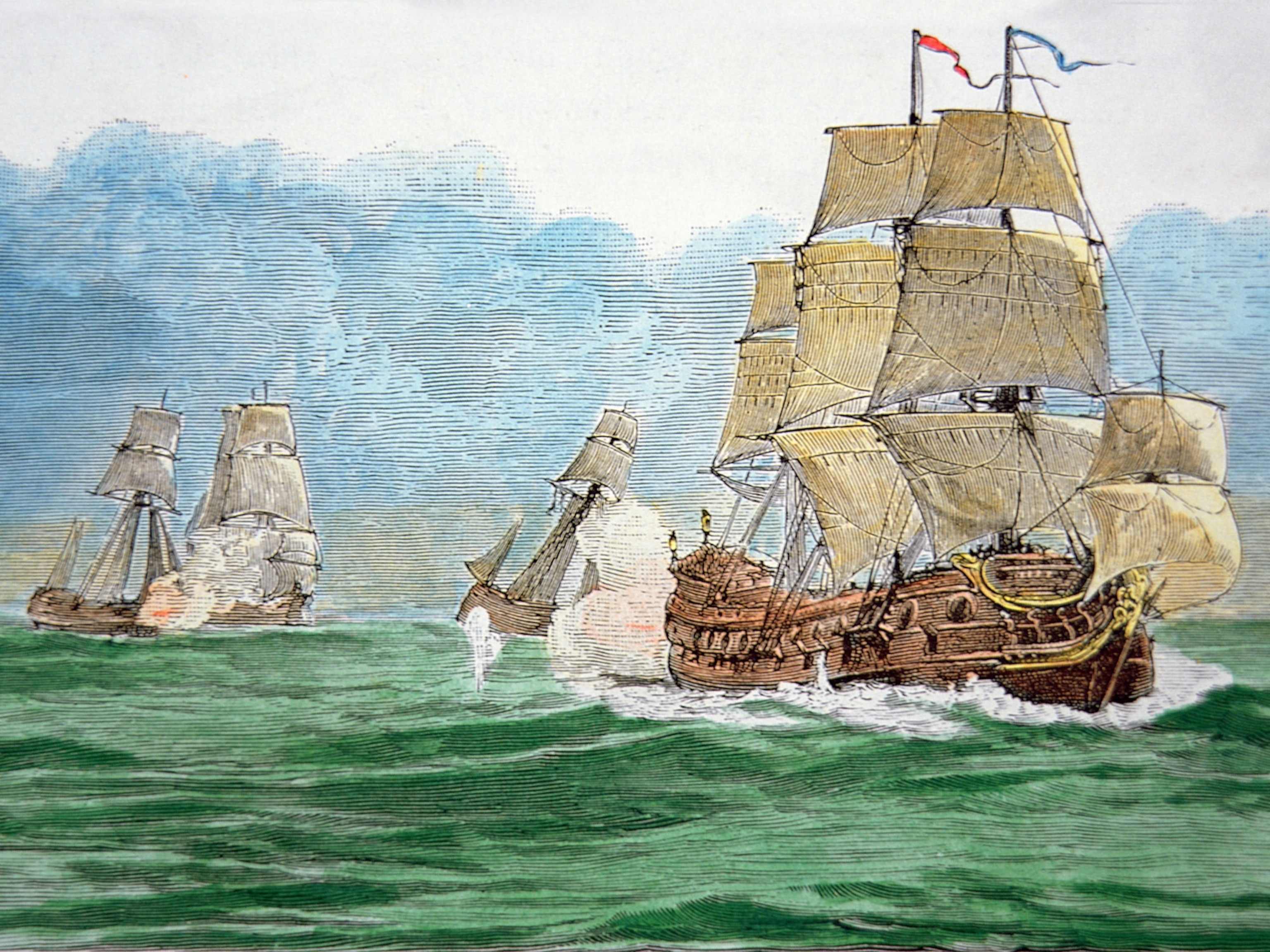How King Tut conquered pop culture
Tutmania influenced everything from Hollywood to fashion and advertising after the pharaoh's tomb emerged from the sands of Egypt in 1922.

The world had never seen anything like it. In late 1922, British archaeologist Howard Carter discovered a royal tomb in Egypt’s Valley of the Kings, untouched for 3,300 years and filled with eye-popping bling. The occupant, teenage pharaoh Tutankhamun Nebkheperure—better known these days as King Tut—became an instant media sensation. Newspapers couldn’t get enough of him or his staggering wealth, epitomized by his gleaming, solid gold death mask “of sad but tranquil expression,” according to Carter. As the archaeologist carefully removed and catalogued the gilded contents of his tomb, the young king, who had died at the age of 19 without amounting to much in real life, resurrected into a trend-setting superstar.
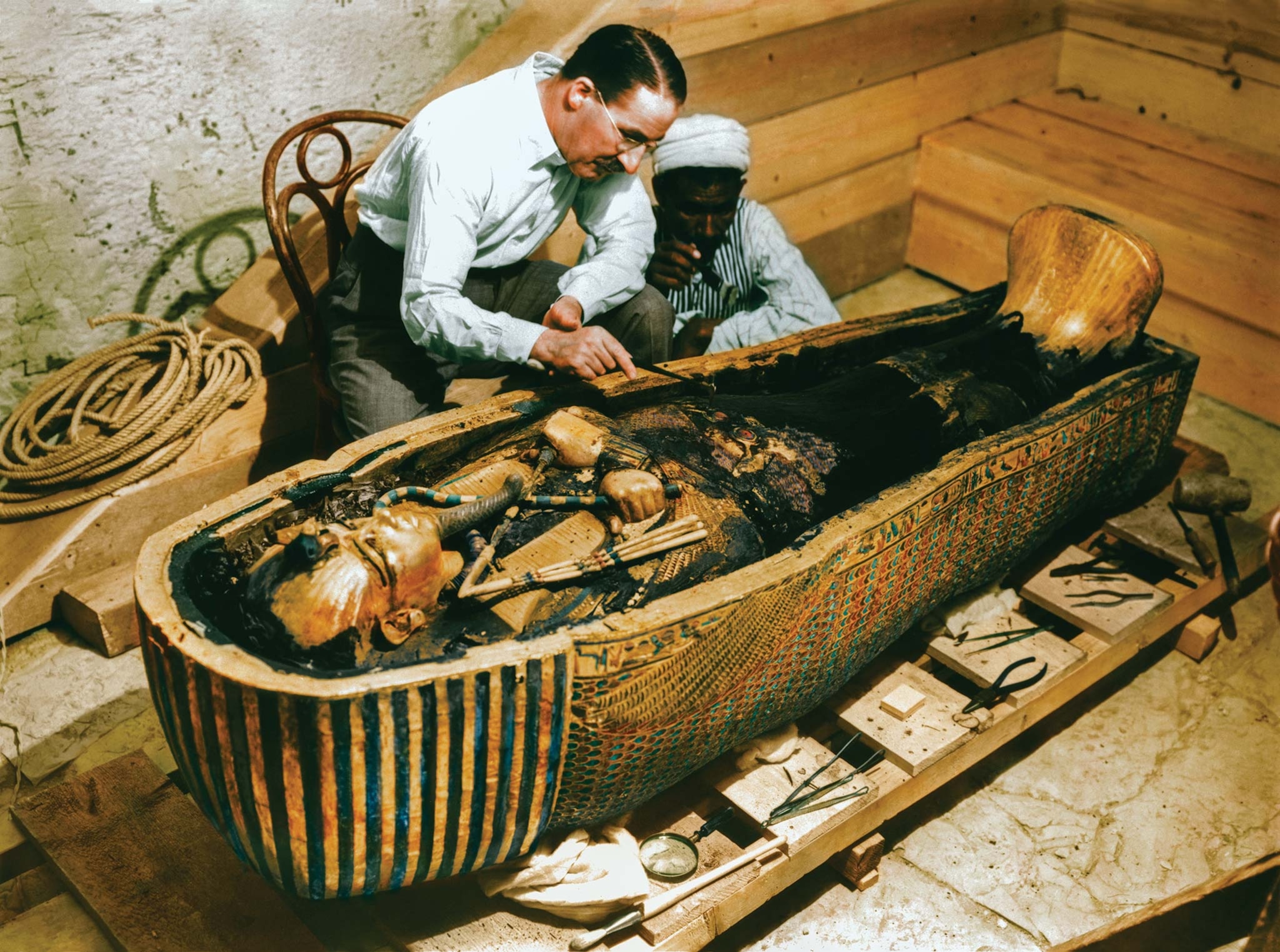
“There is only one topic of conversation, only one subject animating all men’s minds,” wrote a New York Times correspondent from Luxor in February 1923. “One cannot escape the name of Tut-ankh-Amen anywhere. It is shouted in the streets, whispered in the hotels, while the local shops advertise Tut-ankh-Amen art, Tut-ankh-Amen hats, Tut-ankh-Amen curios, Tut-ankh-Amen photographs, and tomorrow probably genuine Tut-ankh-Amen antiquities. Every hotel in Luxor today had something a la Tut-ankh-Amen.”
Tutmania had arrived.
Fashion blitz
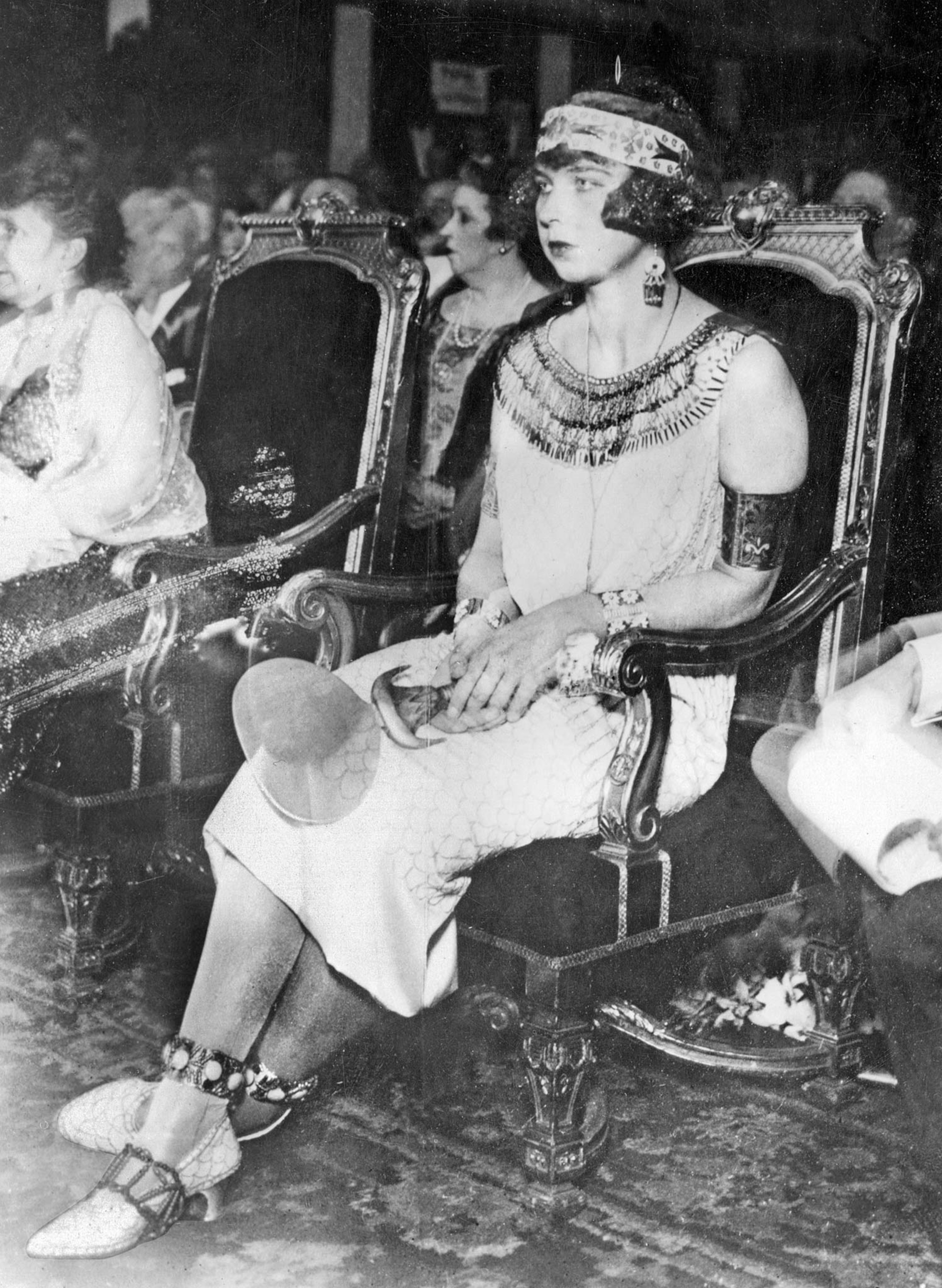
Fashion and ancient Egyptian history don’t seem like a natural mix, but after Tut’s discovery, the two collided head-on. Fabrics for dresses and coats displayed motifs such as palm trees, lotus blossoms, and sphinxes. Imitation hieroglyphs encircled the wristbands of gloves. Handbags, umbrellas, and cigarette cases were Egyptianized. Flappers wore headbands featuring cobras and snake bracelets that wound up their arms. There were even King Tut–influenced hats, beaded evening dresses with slashed sleeves and floppy waists, and walking canes surmounted with the head of an ibis.
High-end jewelers fashioned Egyptian-themed adornments, often using motifs from Tut’s own finery. Cartier, the French purveyor of luxury goods for modern royalty, turned out pieces that included a dazzling brooch in the form of a winged scarab, with diamonds, sapphires, emeralds, and onyx set in gold, and a clock of sparkling mother-of-pearl shaped like the gateway to an ancient Egyptian temple.
(How was King Tut’s tomb discovered 100 years ago? Grit and luck.)
Beauty products also picked up on the trend, linking products to Egypt’s exotic royals. Emerging from the Victorian age when makeup was linked to sex workers, women lined their eyes with Nile-inspired Kohl eyeliner. Face powder was packaged in Egyptian-style compacts. Bobbed hairstyles, too, were all the rage, influenced by ancient Egyptian looks.
Artistic effect
The Egyptian discovery also inspired performers, writers, and artists, sometimes in outlandish ways. In the 1920s Magician Charles Joseph Carter, better known by his stage name "Carter the Great," promised to sweep “the secrets of the sphinx and marvels of the tomb of old King Tut to the modern world.”
Author Richard Goyne made a youthful King Tut the main character of his 1923 book entitled The Kiss of Pharaoh: The Love Story of Tut-Ankh-Amen. Fighting his way to the throne, he encountered many obstacles, including the need to find the missing royal bride.
(How an obscure statue became our face of King Tut’s 100-year anniversary.)
The song “Old King Tut” hit the sound scene in 1923, at a time when the young smart set was mad for a newly popular dance called the Charleston. “On the desert sand old King Tutty’s band / Played while maidens swayed,” went the jaunty lyrics.

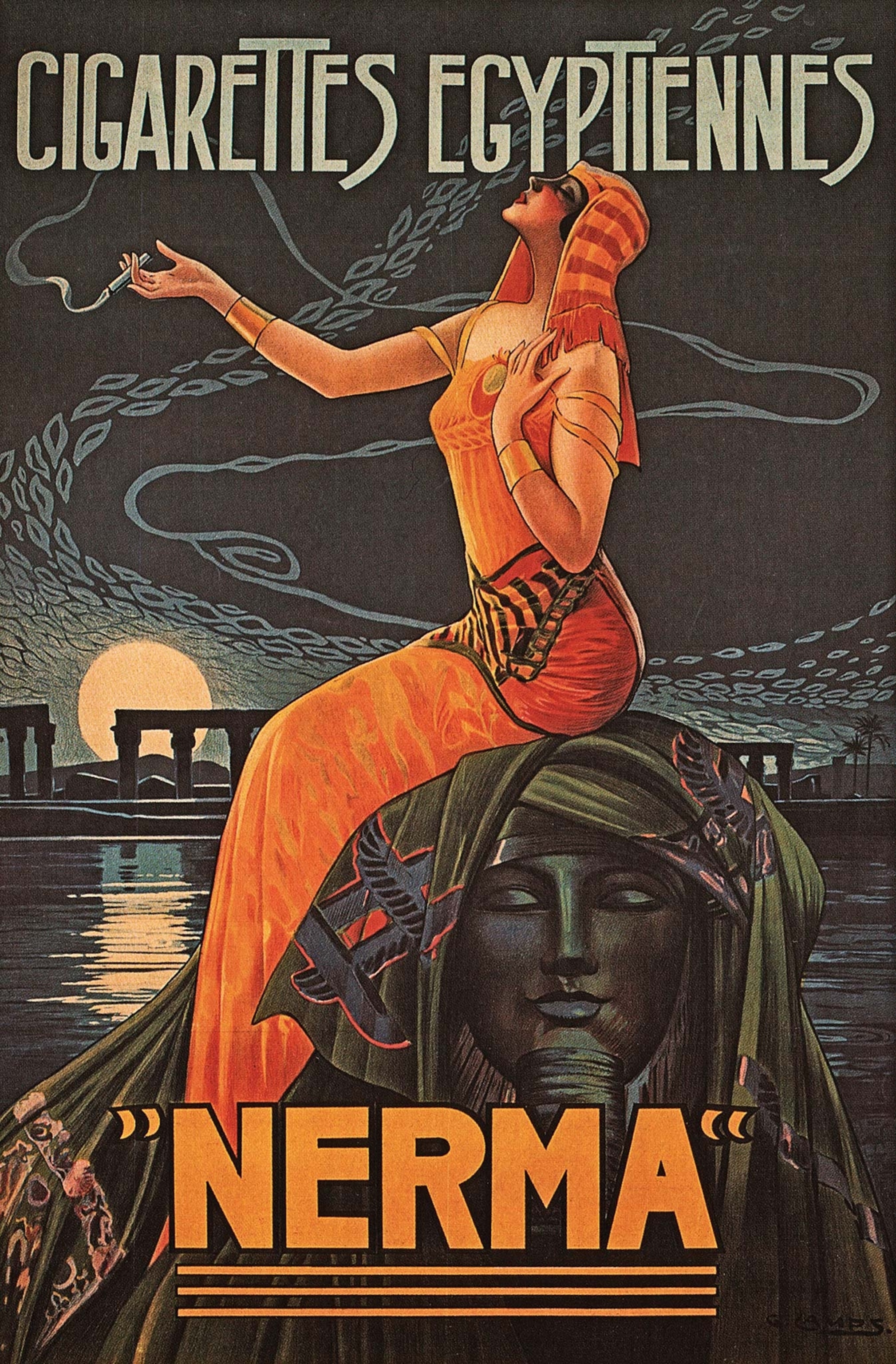
In the movie world, The Mummy, starring Boris Karloff in 1932, spun a tale of an archaeologist, a linen-wrapped mummy, and a curse. The idea for the plot arose from the series of strange deaths that occurred after the discovery of Tut’s tomb (including Lord Carnarvon, the dig’s aristocratic sponsor, who died less than five months after the big discovery).
(10 mummy facts to wow your kids.)
Scoop of the century

Design flourishes
The discovery of Tut’s tomb provided fresh inspiration to architects trained in old-world style. Egyptian-style motifs especially became fashionable in architectural settings, notably the elevator doors in the Chrysler Building in New York.
But it was in the realm of movie theaters that the Egyptian influence really took off. It started with Grauman’s Egyptian Theatre, on Hollywood Boulevard in Los Angeles, which was originally imagined in a Spanish style. With the discovery of Tut’s tomb, the design was changed to one of pharaonic splendor, including faux hieroglyphs, scarabs, and papyrus-shaped columns framing the movie screen. The cinema opened in October 1922, five weeks before Howard Carter found Tut’s tomb. That fortuitous timing with the birth of Hollywood would inspire the construction of some four dozen Egyptian-themed theaters in cities across the country by the end of the decade and put traces of Egyptian designs in many others.
(King Tut's grandparents were Egypt's royal power couple.)
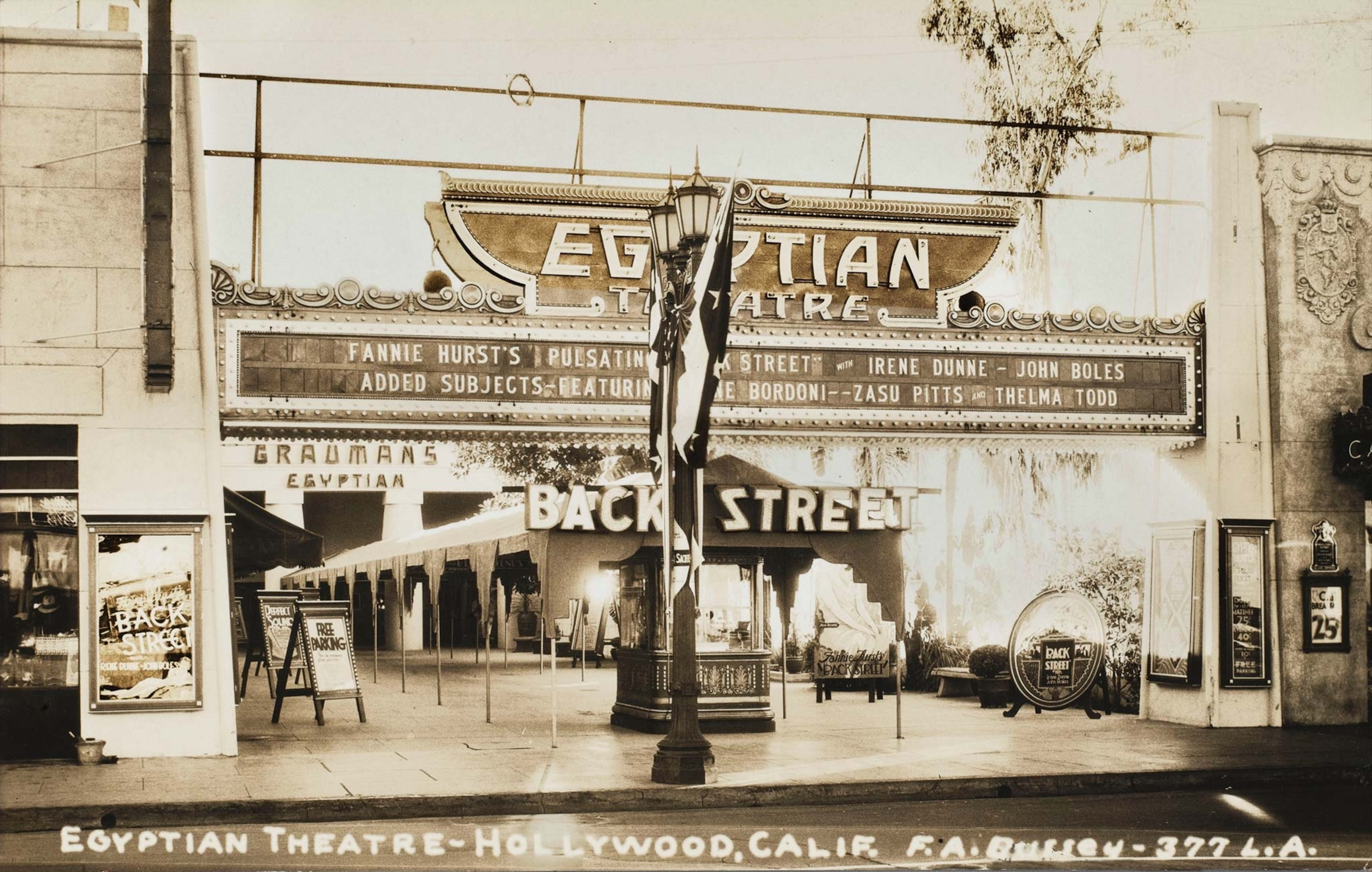
Advertising tools
Advertising also picked up on Tut fever, linking products to Egypt’s exotic royals even if they had nothing to do with the place. A newspaper ad for a typewriter displayed the machine beside a pyramid, touting both as enduring milestones in human history. Cards depicting the young king came in cigarette cartons. Lemons were marketed under the “King Tut Brand,” making King Tut lemons seem more desirable than those not branded with the young ruler’s nickname.
(Discover King Tut's treasures by the numbers.)
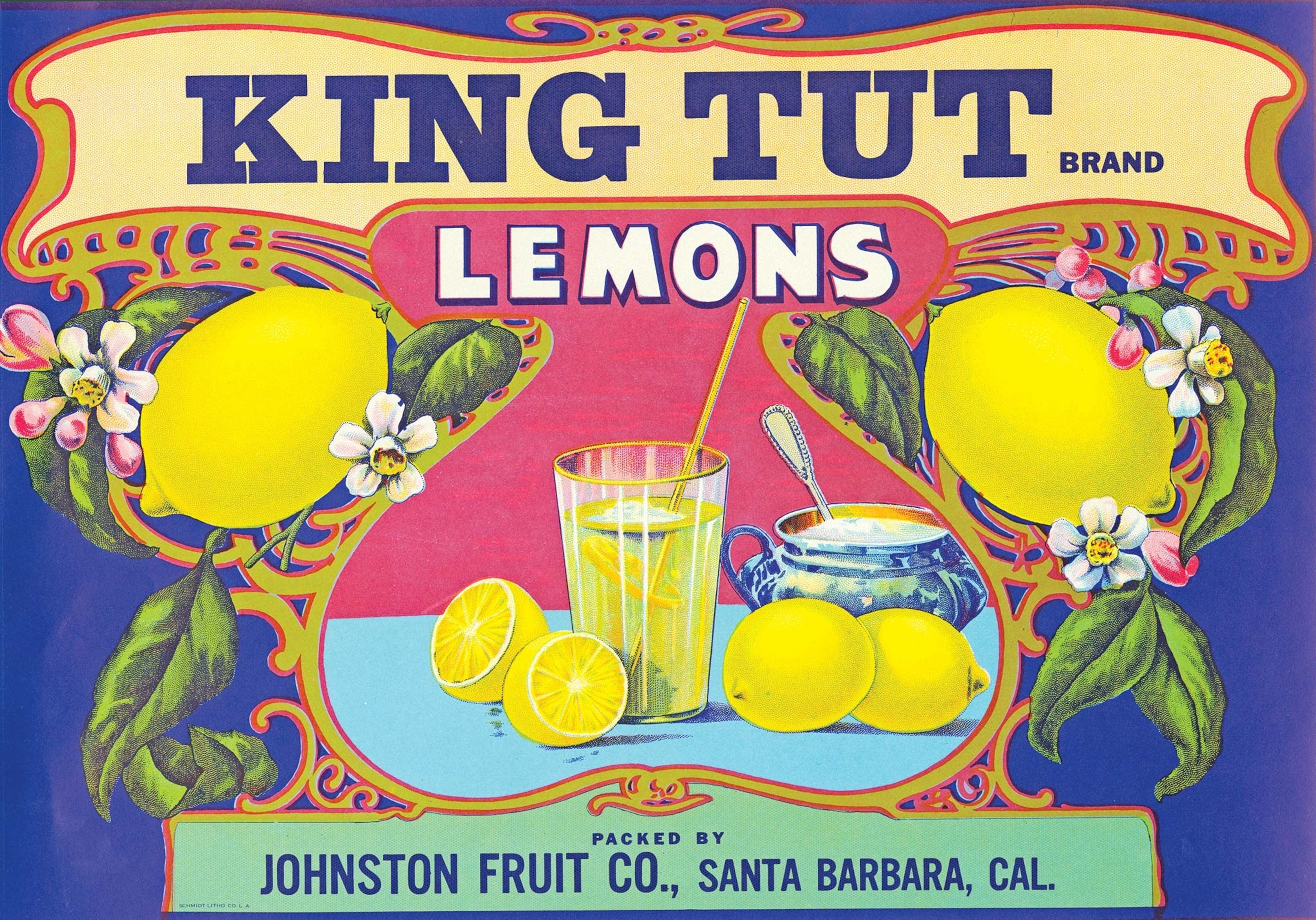
King Tut forever
King Tut did not fade away after the initial excitement. In 1976, his treasures traveled to the United States for a six-city exhibition called “Treasures of Tutankhamun.” He broke museum attendance records, with people waiting hours to get in; in the end, eight million visitors gawked at his trappings. The exhibit also toured the United Kingdom, Russia, Ukraine, Canada, and Germany. And with it came Tutmania anew.


